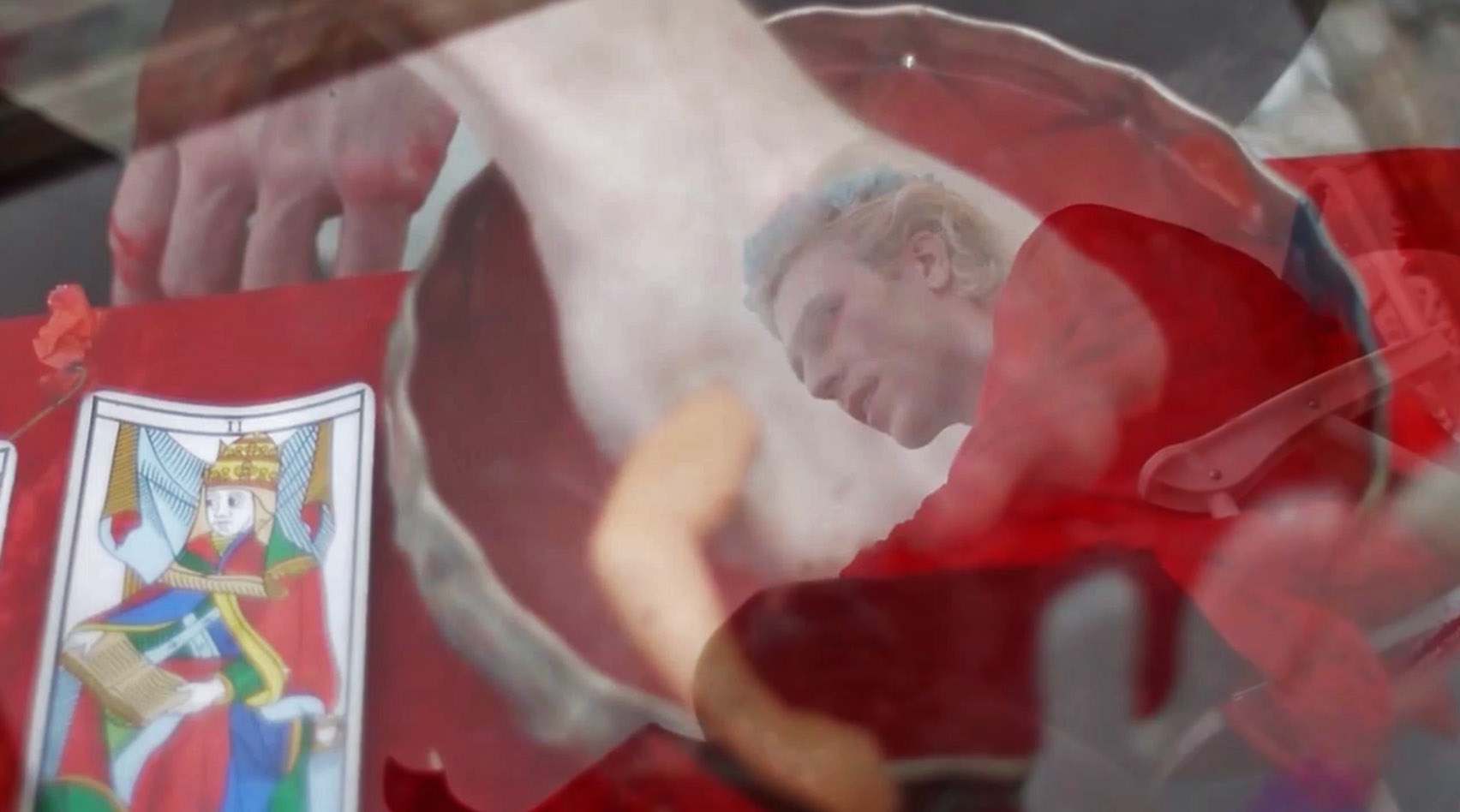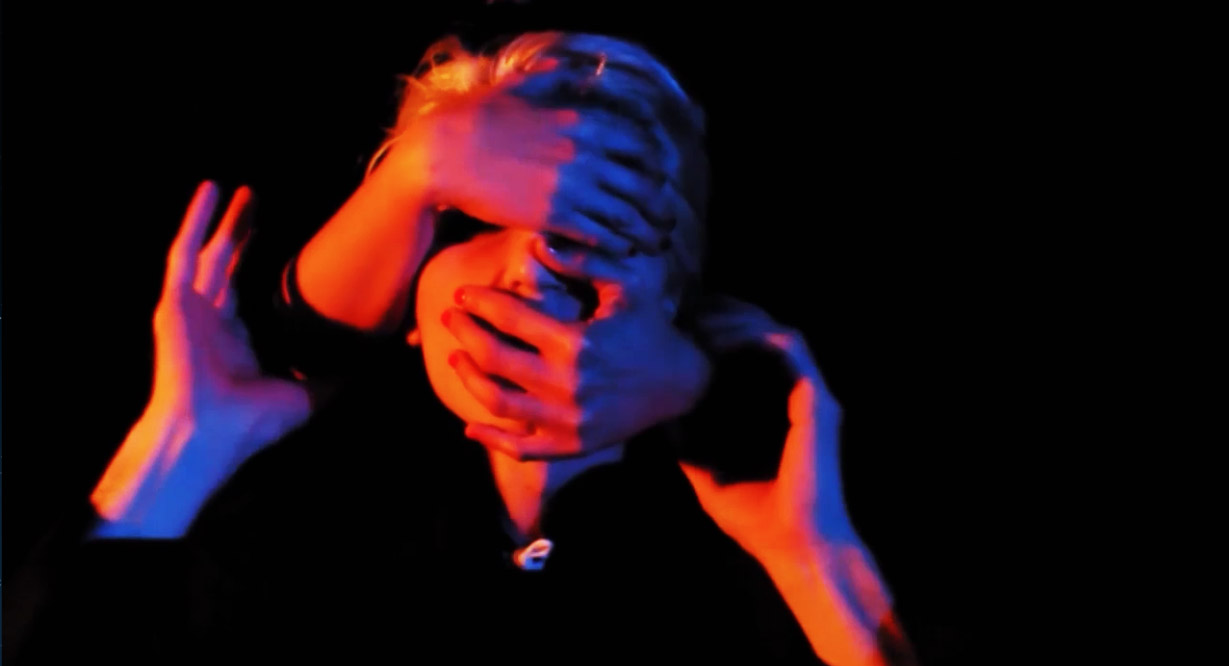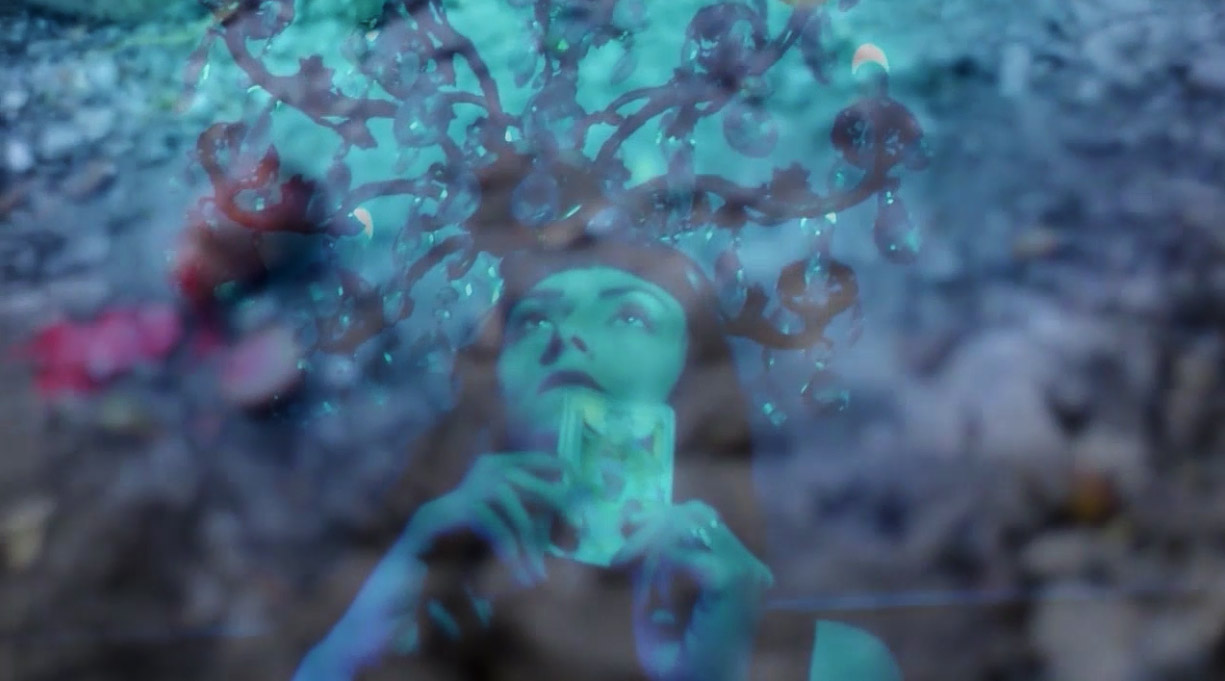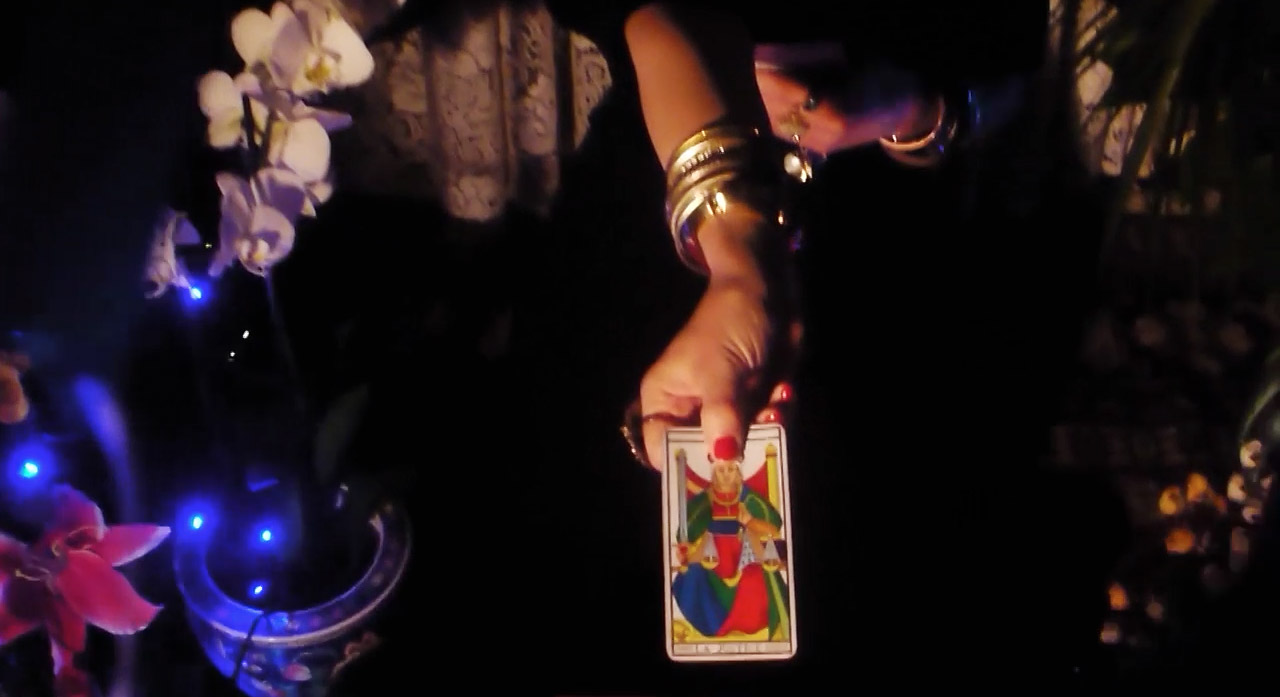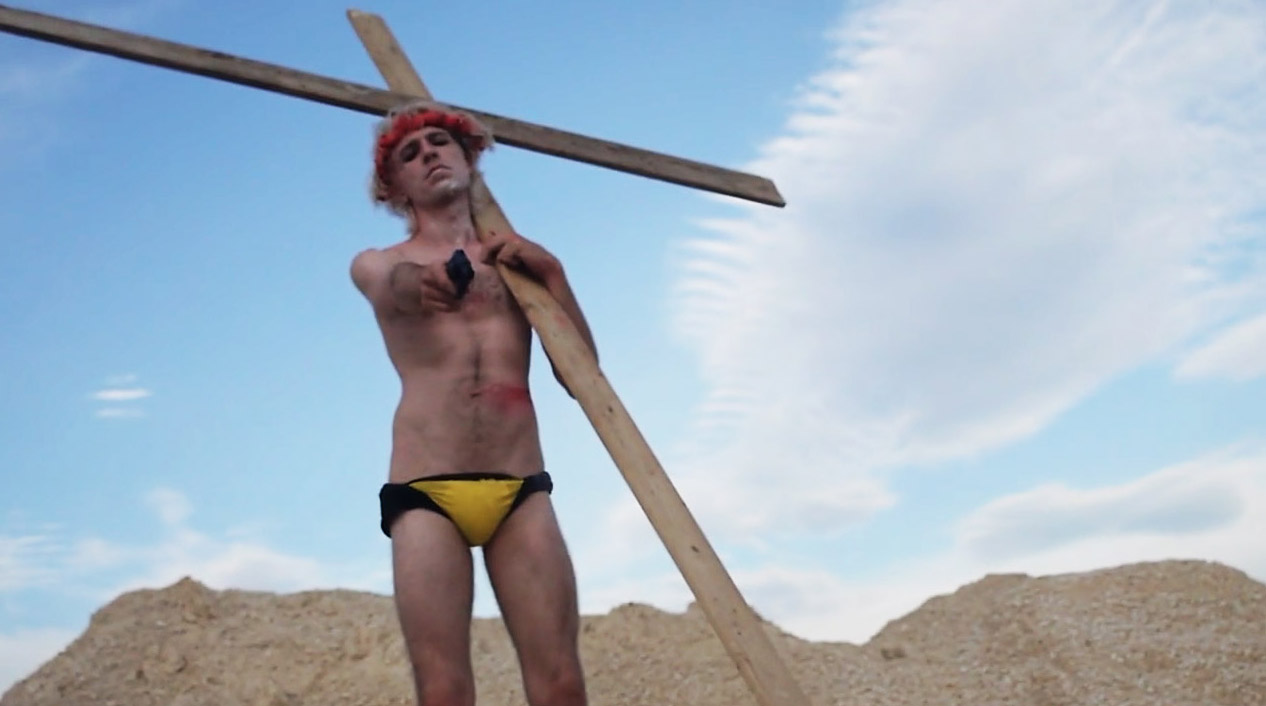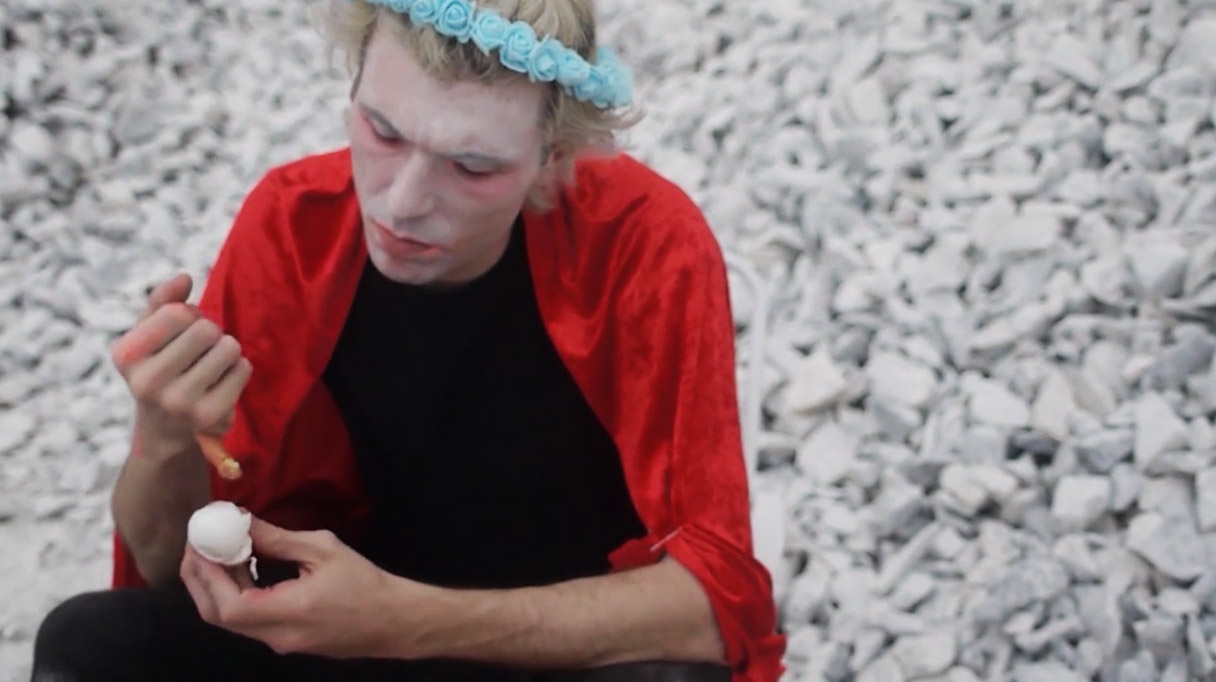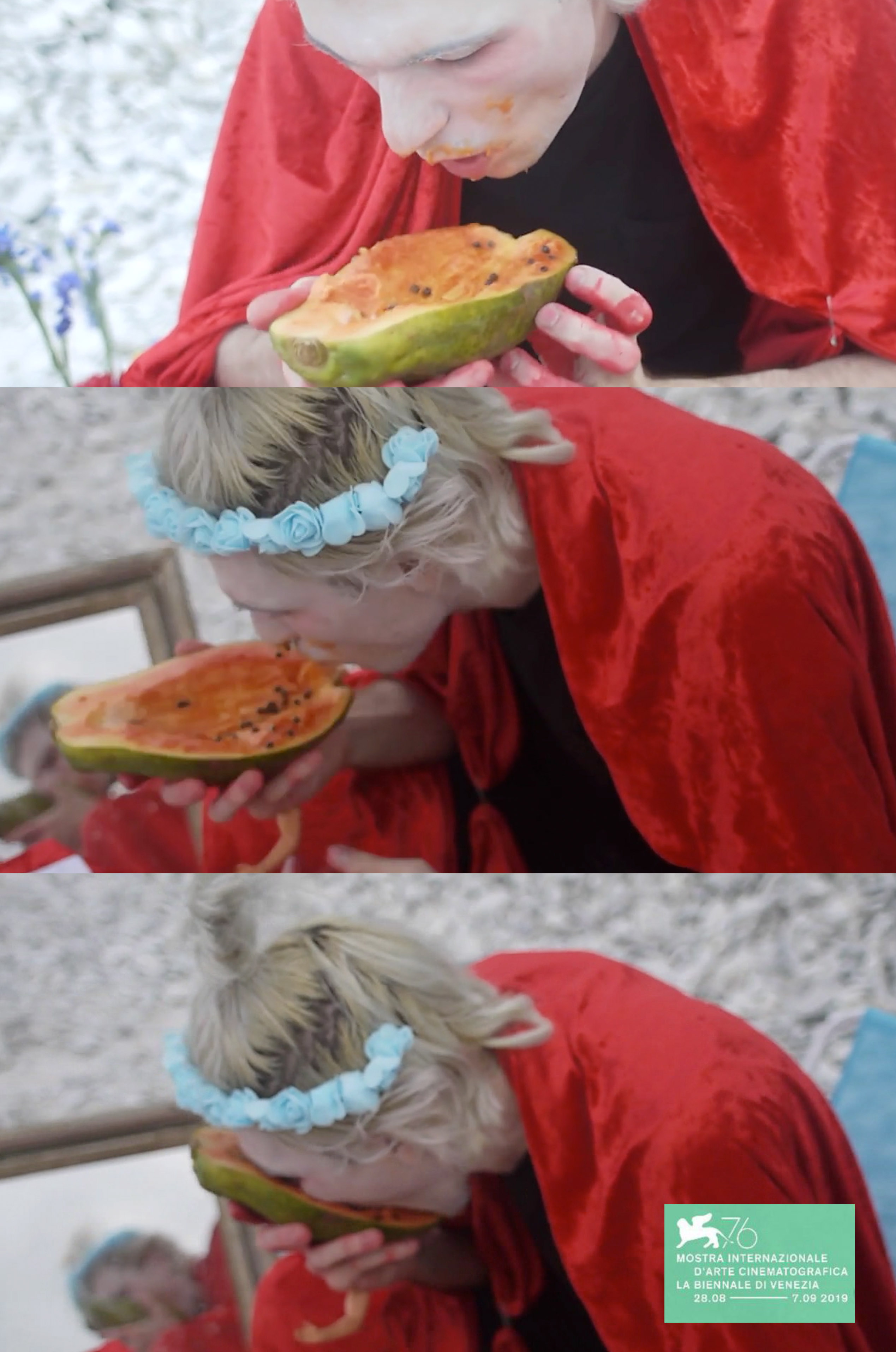Interview with the author of the short film presented at the Venice Film Festival.
On September 5th in the occasion of the 76a Venice International Film Festival, the Venice Production Bridge presented Il Futuro del Corto d’Autore, Autori Fedic di ieri e di oggi, within of which they played the short film La nascita di Zelda by Gabriele Gasparotti.
A man who runs, an incessant escape through fields, grassy expanses, heaps of sand. He runs in the daylight and in the dark of a night as red as blood. He multiplies himself and faces his alter ego, becoming protagonist and at the same time witness of a tormented struggle against himself and the visible and invisible world. From this derives an universe where reality and imagination fatally overlap. But here is the enigmatic appearance of Maria. Therefore which is the mistery of marian appearances? Will it be the last possibility of salvation? It is a labyrinthine and disconnected journey to which we take part, triggered from the Marseilles tarot cards, full of archetypes, allegories, symbols, and that leads straight “toward the point where passes each place of the world”

The author of this short film is Gabriele Gasparotti, body and soul of Muga Muchū Morphing Theater, a performative, musical and audiovisual collective that uses the multimedial experimentation combined in various forms.
What inspires the short film and what does the birth of Zelda represent?
The short film was born drawing from the Tarot of Marseilles deck. These cards depict figures and hide inside them codes that, arranged in a row in order of extraction, have told a story which has became the subject of the short film. Later during the realization they served as a guide to understand how to proceed. This is the story of a Bateleur, the Arcane number one, and while he is reading the cards to a consultant, he realizes he is turning into the High Priestess – the one who stops to reflect and study, sacrificing her ego up to annihilation to devote herself completely to the gestation of what is happening inside her. So he falls into an angry despair that leads him – as a game of mirrors – to become a consultant losing every certainty about the meaning of what is around him. The story also develops in other videos such as Appunti da una casa di piacere alla deriva and I fiori dai petali d’acciaio.
How much symbolism is a means to access one’s own interiority?
We carry with us remains of ancient traditions, symbols and atavistic rituals that create a collective memory – what in recent times Jung called the collective unconscious, and which the mystics of all times had indicated with terms such as Hyperuranium and Akasha. The knowing subject looking outside identifies the world as a representation of his own interiority. In this way the symbol also becomes a key to discover one’s relationship with what we usually call “the other”. Often, when I am asked what my texts or a video mean, I turn the question to my interlocutor to understand what he sees instead. In what we see is enclosed everything we think we are or we are not.
Surrealism and esoterism seem to be two fundamental themes of your artistic research… can you tell us about that?
Today there is a lot of attention to the ideas of what (was) the surrealist movement was. We drew fully from these ideas and continue to do that in order to create the pop music and film imaginary. Personally, while I finding it interesting, I conceive of it too intellectualistic and self-centered. My research aims at a primitive look, perhaps a predisposition that I feel – the ability to see where reality unravels and lets out what is behind. It is something widespread in ancient civilizations and that can still be found in some cultures. Instead the esoteric doctrines pass on a series of techniques and knowledge concerning the invisible part of reality and our relationship with it. All this to the man of modern society may appear old and superstitious. I, as well as finding it very poetic, I think it may open new perspectives that pulverize the “solid truths” of meaning which, like a prison, define the boundaries of our mind, bringing the human being closer to his extraordinary nature.
Another important aspect seems to be that of cross-media, seen as the foundation of modern artistic concepts. How much is this concept permeating your projects?
We live in the age of Aquarius, the momentum towards new ways of communicating and new technologies is part of a magnetism that we cannot ignore. Furthermore, the new media allow my work to arrive almost anywhere without having to submit to the judgment of a record company that would impose its ideas and timing. Before YouTube, attaining your own music to people required huge production, distribution costs and connections. Now when you have a piece ready you can publish it.
Biography: Gabriele Gasparotti is author of electroacoustic music composed with analogic instruments. He is the project creator of Extrema Ratio (music inspired by the script of the lost film Maldoror il dio selvaggio of Alberto Cavallone, realized in collaboration with Nicola Bogazzi), and body and soul of the Muga Muchū Morphing Theater, a multimedia project which aims at the interaction of music, visual arts and performance deeply influenced by surrealism and esoterism. Currently is about to be released Instantanee vol.1, an album of compositions for modular synthesizers (Buchla, Korg), magnetic tape, piano and string quartet in which he investigates the interaction between mathematical structures and the random synchronism of the Tarot of Marseille. In live shows he is accompanied by Benedetta Dazzi on the cello and live electronics.
